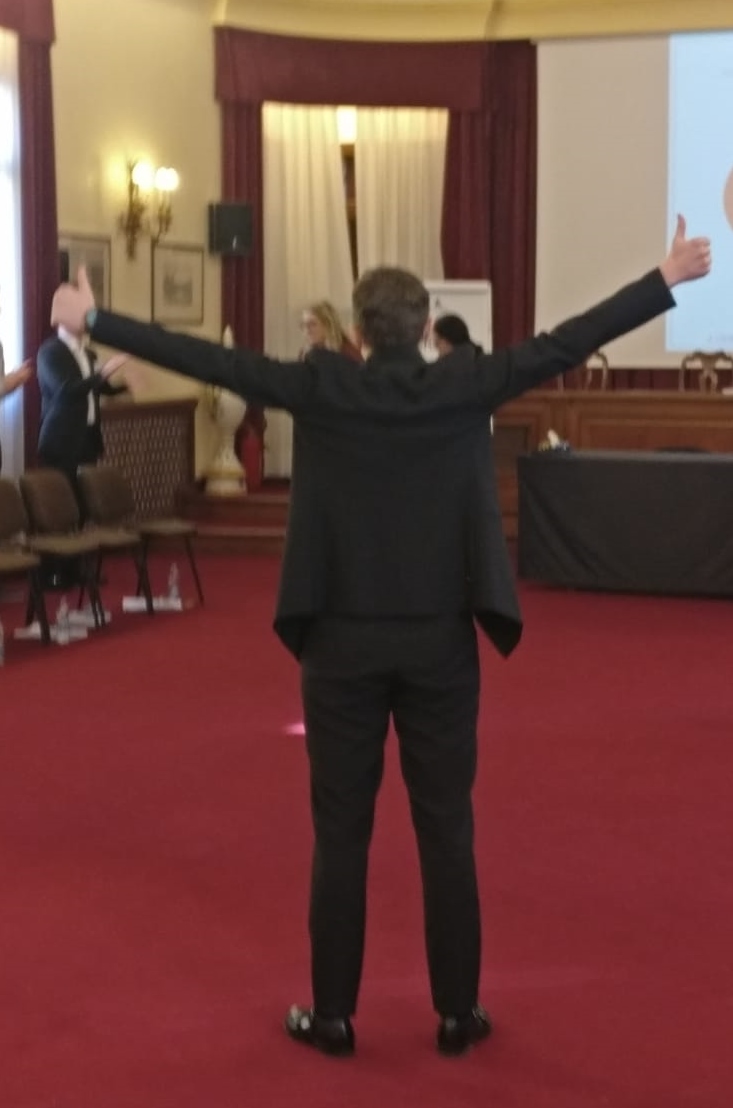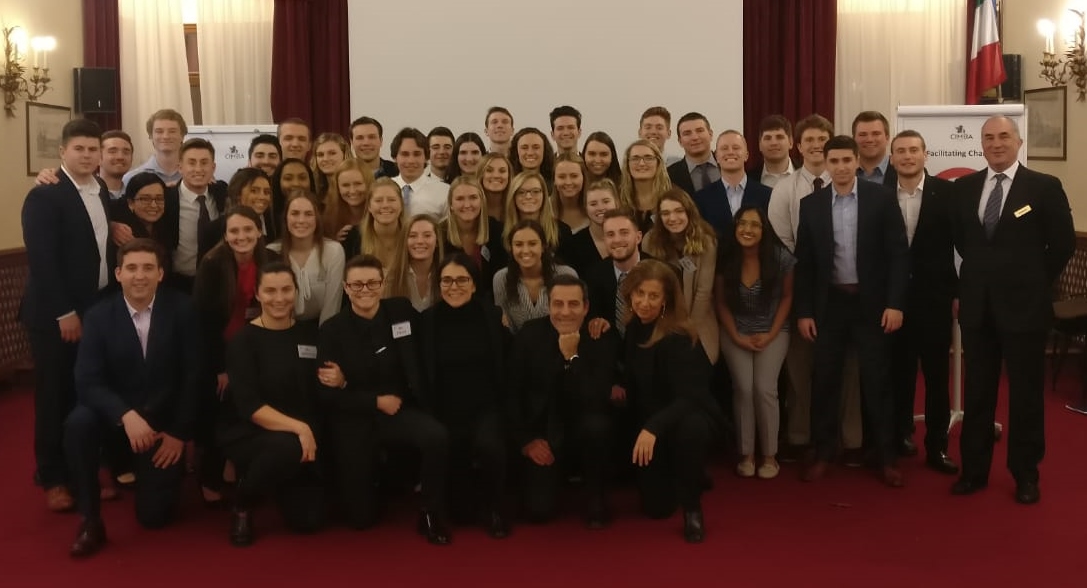“What have you learned in the past two years at CIMBA?”
What an impossible question to answer in a simple article. Sure, I have learned that the z-score for 95% confidence is 1.96, bottlenecks determine throughput, and “companies need cash”, but how do I articulate the gradual learning and growth that comes day-to-day operations outside of both the classroom and the comfort zone?
It is said that this is where change begins – at the end of your comfort zone. That’s where CIMBA strives to push all of its students. I knew this before joining the MBA program as a Campus Life Coordinator. However, in the past two years, I have been pushed further outside my comfort zone than either the organization or I could have ever expected.
In the spring of 2019 – my second semester at CIMBA – one of our undergraduate students had a fatal accident while on spring break. In a small community of just over 80 students, of course we all knew him, had interacted with him. I was a part of his LIFE experience and had heard him express his goals for the future – a future he would never come to realize.
I still have a hard time talking about it. It’s difficult to express how growth can come from tragedy. The sudden loss of someone so young and full of energy hit me hard – but it hit his classmates harder. They needed someone to be there for them, to give them support. I’ve heard you never know how strong you can be until you have no other choice, and I feel that this heartbreaking situation showed the true strength of the CIMBA family. Everyone rose to the occasion, going above and beyond what anyone could have expected with compassion, understanding, and empathy – all the soft skills that are so often overlooked in the business world, but are ultimately so much more important than the technical skills and knowledge that employers sometimes focus on. This is one lesson I will take away from my CIMBA experience: it is the people in an organization that matter. People are irreplaceable.
One year later, fate decided to hand another blow to me, CIMBA, and the world as a whole: the coronavirus pandemic broke out, with Northern Italy as one of the early hotspots. This calamity has shaken systems the world over, with a particularly harsh impact on international education. The first few weeks of the virus encroaching on the Veneto region came with endless ambiguity and constantly changing information. Information – sometimes conflicting – was coming at us from the WHO/CDC, the Italian government, the American government, home universities, and even worried parents, keeping both staff and students on edge.
This tumultuous period really solidified one of my biggest lessons from studying abroad in general: how to deal with uncertainty and ambiguity. Essentially, what do you do when you don’t know what to do? Throughout these two years, whether it be sending a package at the post office or managing student concerns amidst a pandemic, I have been put in so many predicaments in which I did not have the answers, did not know the next step. Not ideal for a Type A/planner personality. But I have learned how to be comfortable with being uncomfortable – how to take steps in an unpredictable situation, without letting fear or insecurity paralyze me.
Take the quarantine, for instance. This is the most uncertain, unpredictable time that most of us have experienced in our lives. I am living in a country far away from my family, where I rarely know or understand the latest coronavirus regulations. I am graduating and returning to the US very soon, but my flights were cancelled, I don’t have a job or a place to live after July, and the places I have applied to are all on hiring freezes. Not to mention, my chosen career field (international education) will take a significant hit from the virus. I think it would be plenty understandable to have a panic attack or two at this time.
But panic won’t get me anywhere. Rather than dwelling on the problem, we should always focus on the solution, and look for the silver linings along the way. I am still applying for jobs, diversifying my target positions, looking to rebook my flight, and in the meantime, I’m enjoying all this extra time I have to sleep in, read, and explore this corner of Italy in-depth. Handling uncertainty at CIMBA and in my travels has taught me that, overall, everything will be okay. I may make a bad decision (I turned down a job in February, whoops), or I may not have all the answers, but things will be okay anyway. As long as I keep a positive attitude and continue taking steps forward, no matter how small, I will persevere, and will likely come out the other side having learned something new.
As I said, it’s hard to adequately express everything I’ve gained from my time at CIMBA. Although I’ve described the most dramatic and impactful events of the past two years, there were hundreds – even thousands – of smaller instances that helped bring about gradual change. I have learned to work closely with people from so many different backgrounds, and how to approach different types of personalities. I’ve learned how to set personal goals and make a plan to attain them. I’ve even learned how to properly play foosball, and most of the Italian curse words to go along with it.
And I’ve learned to take every opportunity offered to me – to go on that trip, say hi to that stranger, take that online course. To step outside my comfort zone and make a change. Because without change, progress is impossible. So what’s holding you back from taking the leap?





























































































